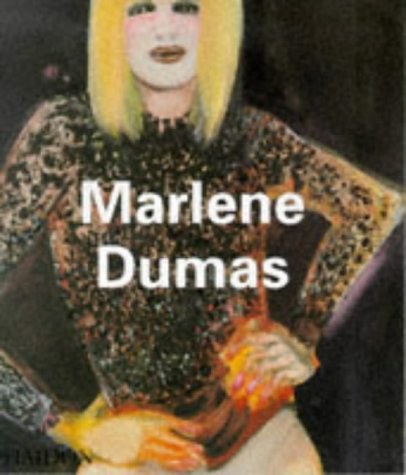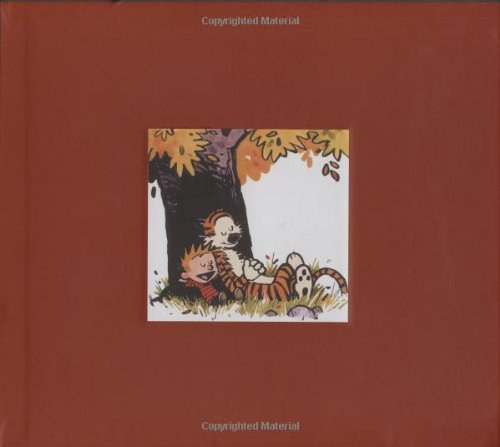
John Edgar McFadyen《The Messages of the Psalmists》
书刊介绍
Purchase of this book includes free trial access to www.million-books.com where you can read more than a million books for free. This is an OCR edition with typos. Excerpt from book: II SOME CHARACTERISTICS OF HEBREW POETRY I. The Form of Hebrew Poetry The principles that regulate the form of Hebrew poetry are as unique as is the poetry itself. Almost all that we are rightly or wrongly accustomed to associate with poetry is characteristically absent from the poetry of the Bible. It has no rhyme, though there are sporadic and insignificant traces of this. It has no metre, at least in the classical sense of that word: the attempt to make out hexameters and pentameters such as we find in Ovid and Theocritus, is hopeless in the face of the facts. It has no uniform strophic arrangement in the Greek sense of the word strophe?no regular recurrence of symmetrical sections whose corresponding lines accurately balance each other. It has not indeed these things, but it has something profounder; for the Hebrew cared more for sense than sound. Instead of rhyme and metre, it gives us rhythm ?not apparently of syllables, and not very conspicuously of words, but rather of thoughts and things. This distinguishing feature of Hebrew poetry was first happily characterized by Robert Lowth (1753) in his famous " Lectures on the Sacred Poetry of the Hebrews " as parallelism, and the essence of it is that the second clauseof a verse, where there are two clauses, is in some way parallel to the first, whether as a repetition of the thought therein contained, or a co-ordination of an almost similar thought, or a contrast with the thought already expressed, or an amplification of that thought. Of these four types of verse, the second, which is known as the synonymous, and the third, which is known as the antithetic, are on the whole the most frequent and important. An illustration or two will make the usage clear: Synonymous parallelism: (a) Let us break their bands asu...
相关推荐
-

中国古典舞身韵钢琴伴奏谱例
中国古典舞身韵钢琴伴奏谱例 内容简介 本书分为五线谱篇章和简谱两个篇章, 每篇章分为地面组合和站立组合。从地面《提沉》开始, 到站立《风火轮》结束, 每个组合精...
-

孙锦玲《布家巧手做》
《布家巧手做》(布家配饰精选)内容简介:家是人们忙碌生活的港湾,结束一天的工作后,谁都希望能在一个舒适恬静的环境里尽情享受一
-

30天轻松学会咏春拳-(附赠DVD光盘2张)
30天轻松学会咏春拳-(附赠DVD光盘2张) 本书特色 霍元甲大侠第三代弟子梁旭辉先生将佛山咏春的发展史、现况及展望整合成这本《30天轻松学会咏春拳》,并以大篇...
-

速成围棋:上:基础篇
速成围棋:上:基础篇 内容简介 《速成围棋(基础篇上 2017版)》在于其整体构成和“注意力训练”等创新做法。基础系列把入门系列学习的内容编成复合型问题,并收录...
-

菊开那夜《像嬉皮那样晃荡行走》
15个月,8个国家。2008年秋天,我独自背包前往越南,在东南亚一带反复的走。在河内被摩托车夫勒索,在万象被ATM吞掉银行卡,在巴
-

晴空蓝《小杂货·日本》
《小杂货:日本》特别报导在杂货世界中蔚为话题的亚洲区杂货,拥有丰富质感的杂货店铺,如充满传统风味的杂货、现代感的设计杂货、
-

图解武当赵堡太极拳秘笈:彩图版(附光盘)
图解武当赵堡太极拳秘笈:彩图版(附光盘) 内容简介 简介武当赵堡太极拳是由武当丹士张三丰所创,是我国太极拳中*优秀的拳种。武当赵堡太极拳又称尺寸架,其要旨在走弧...
-

武术文化与修身
武术文化与修身 内容简介 本书对中国武术与文化的历史渊源及现状做了全面介绍,阐述了颇具实用价值的武术修身常识。内容包括中国武术的源流和文化内蕴;武术文化与中国哲...
-

透视内的经典心理测试-经典珍藏版
透视内的经典心理测试-经典珍藏版 本书特色 心理测试是一把可以打开心门的金钥匙,是了解自我、透视内心非常有效的方式。针对现代人忙于奔波,疏于情感,内心脆弱,屡遭...
-

潘美伶|陈佩吟《精致绳编85款》
《精致绳编85款》向您展示如何自制圆型和方型盘编器,并轻松编出美丽大方、千变万化的项链、手环、手机链……多股线编绳技巧一直
-

韩国地图册
韩国地图册 内容简介 《韩国地图册》是分国系列地图册之一,旨在为读者了解韩国的自然和社会、经济、文化状况,认识各地的妙趣横生的民俗风情和旅游资源提供参考。本图册...
-

喵问题-学着好好爱你的猫
喵问题-学着好好爱你的猫 本书特色 这是一本由与猫咪相关的问答组成的书。资深猫奴搜罗整理出58个经常遇到的喵问题,经专业兽医来解答,提供猫奴该知道的猫知识,让猫...
-

魅力魔方
魅力魔方 本书特色 《趣味数学丛书:魅力魔方》魔方是在20世纪70年代中发明的,因此只有三十几年历史。它的发明人埃诺·鲁比克是匈牙利的雕刻家、建筑师和大...
-

回马金枪-退马攻防190例
回马金枪-退马攻防190例 本书特色 在棋战中,避实就虚是制胜的要略。回马枪就是先避其锋芒,假装逃逸,使敌人麻痹大意,然后趁敌方不备,采取猛然回击,用闪电...
-

孙一帆《世界是我念过最好的大学》
【编辑推荐】世界是我念过最好的大学,这所大学里只有一个专业,即探索世界,深入自我,及如何更快乐地在世间生活。这所大学里没
-

中国分省系列地图册:重庆(2016年全新版)
中国分省系列地图册:重庆(2016年全新版) 本书特色 ●翔实的行政区划地图,全面反映该市行政区划、标准地名、交通旅游、地形等信息●区县图清晰易读、乡镇、村庄资...
-

神奇的阿拉伯世界:阿拉伯地理
神奇的阿拉伯世界:阿拉伯地理 内容简介 伊斯兰教的发祥地沙特阿拉伯,不巴比伦的故乡伊拉克,金色的小城堡科威特……扼亚、非、欧三洲的连接地带阿拉伯世界是一个神奇的...
-

福建
福建 本书特色 闽在海中,蓝色海洋边是甲天下的奇特海蚀地貌和*具海洋精神的中国人;闽在山中,绿色山林下藏着令世界震惊的壮观建筑和多样生物。武夷山的碧水丹山,鼓浪...
-

李经梧传陈吴太极拳械集
李经梧传陈吴太极拳械集 本书特色 1.一代太极拳大师李经梧的真传2.集中展示李经梧所传授的陈式吴式太极拳械3.收入李经梧入室弟子、再传弟子*新名录李经梧传陈吴太...
-

中炮过河车对屏风马平炮兑车
中炮过河车对屏风马平炮兑车 本书特色 象棋是中华民族数千年传承下来的优秀文化瑰宝。1956年,国家把象棋列为体育项目并开始举办全国性比赛;1982年,象棋被国家...





